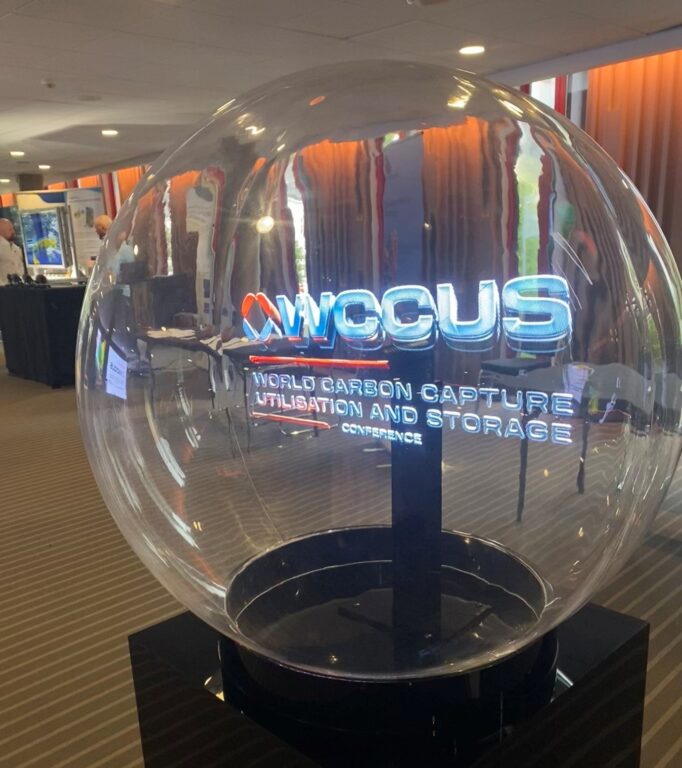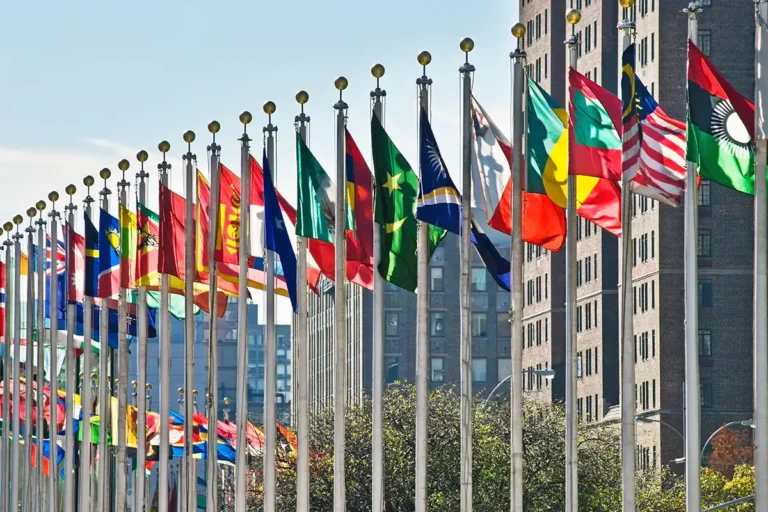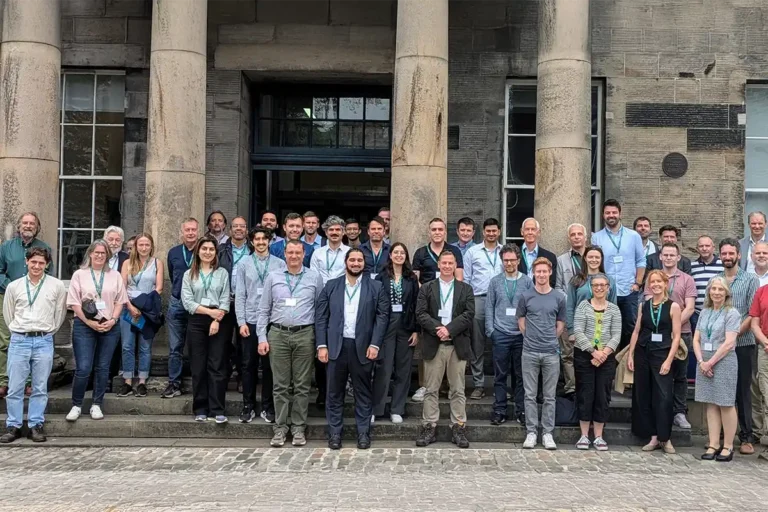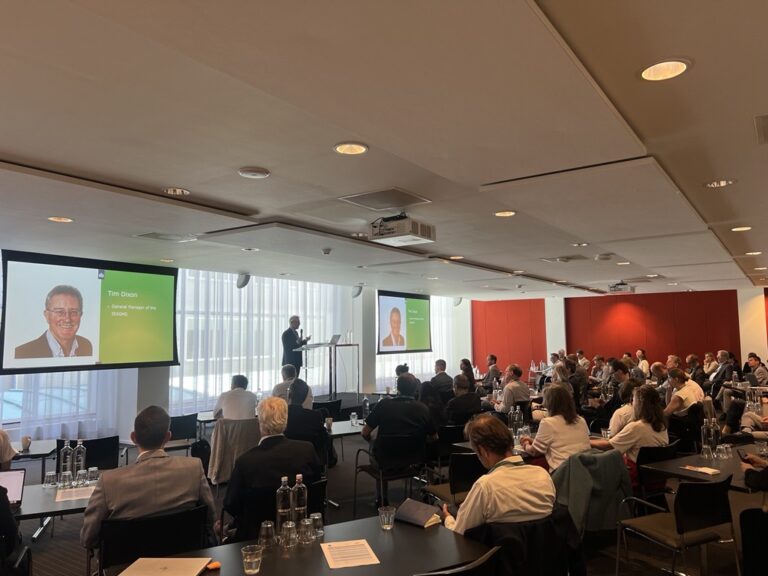
Second ECRA/CEMCAP Workshop – CCS in the Cement Industry
21 November 2017

CEMCAP held its second ECRA/CEMCAP workshop in Dusseldorf, Germany, on the 7th November. CEMCAP is a collaborative project funded by the H2020 program which aims to increase the TRL of carbon capture systems applied to the cement industry and decrease the costs associated. Within the innovative concepts under development, we can find new construction and retrofitting of cement plants with post-combustion (chilled ammonia, membrane-based and calcium looping technologies) and oxyfuel systems. The approach of this consortium is not only experimental but also based on modelling to optimize the operation conditions and show transparent techno-economic information. In addition to full capture, partial capture is considered as an alternative configuration, which could be beneficial at specific conditions.
This event was a great opportunity to see updates on advanced carbon capture technologies applied to the cement industry. As shown by Norcem Brevik, where 4 different technologies are being tested (RTI absorbent, NTNU/Air Products membrane, Aker Solutions amine and Alstom Power calcium looping), CCS is technically feasible but must be economically supported.
Within the CEMCAP overview, TNO opened interesting discussions regarding CO2 utilization to increase the revenue. Although at lower rate than the use of CO2 for EOR or the invested CO2 in storage, this option was shown as an available alternative to keep in mind. Contrary to the basis scenario, TNO presented the possibility to reuse part of the CO2, in combination with storage and/or reuse part of the CO2 stored.
In addition, the LEILAC project gave a presentation about their Direct Separation technology, which will be tested at the Heidelberg Cement plant in Belgium. The pilot plant is expected to start operations late next year after reaching the final investment decision (FID) in August. Moreover, following the contribution on the calcium looping system, Politecnico de Milano also presented their recently started H2020 project CLEANKER.
As conclusion from this workshop, we saw great interest from academia and industry (developers, suppliers and cement producers) on CCS applied on cement production. It is essential to reduce CO2 emissions in the industry context to reach the decarbonized scenarios and cement is one of the main emitter industries. In this line, we can see several projects running and including several technologies, which exhibits the international interest on cutting emissions in the cement sector. While few systems are at an advanced TRL, others need to be tested but exhibit a great integration potential.
IEAGHG has, in the past, studied CCS technologies applied to the cement sector (as included in http://ieaghg.org/docs/General_Docs/Reports/2013-19.pdf) and we will soon deliver an updated techno-economic review, carried out together with our colleagues at the IEA.
More information about the projects presented in this workshop can be found below:
- CEMCAP website: https://www.sintef.no/projectweb/cemcap/
- Information paper on the techno-economic analysis done within the CEMCAP project: http://ieaghg.org/docs/General_Docs/Publications/Information_Papers/2017-IP33.pdf
- LEILAC website: https://www.project-leilac.eu/
- Information about CLEANKER project: http://cordis.europa.eu/project/rcn/211877_es.html
Other articles you might be interested in
Get the latest CCS news and insights
Get essential news and updates from the CCS sector and the IEAGHG by email.
Can’t find what you are looking for?
Whatever you would like to know, our dedicated team of experts is here to help you. Just drop us an email and we will get back to you as soon as we can.
Contact Us NowOther articles you might be interested in
Get the latest CCS news and insights
Get essential news and updates from the CCS sector and the IEAGHG by email.
Can't find what you are looking for?
Whatever you would like to know, our dedicated team of experts is here to help you. Just drop us an email and we will get back to you as soon as we can.
Contact Us Now









